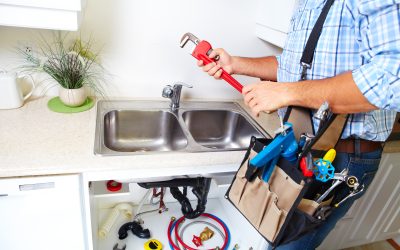Radon is a danger to society–that much is undeniable. It’s impossible to detect without the proper tools, being color-less and odorless and, on top of that, symptoms of radon poisoning occur very gradually in the form of lung cancer. High radon levels in a home, in other terms, only manifest themselves in symptoms by the time it’s too late.
Lung cancer via radon isn’t uncommon, sadly. It’s more common than drunk driving according to the EPA. And as per SOSRadon, about 6 percent of homes are at risk due to elevated levels of the stuff.
However, doesn’t matter how much naturally-occurring radon you have in your home–from 4 picoliters per liter to as many as 20 picoliters per liter of air–there are plenty of methods to help you find out how much radon you have exactly, and how best to get rid of it once you know you’ve got a problem on your hands.
Treatment Solutions
The best way to reduce radon is not through sealing cracks or insulating. That has not been proven to work, and radon, being a single atom element, goes through materials that not even oxygen can pass through, like plastic, concrete, and even insulation material.
The key, then? Active soil depressurization. This is done by collecting radon from beneath a building before it even enters the home. While radon does pass through soil and stone, it takes a while for it to do so. These specialized ventilation systems effectively act as a safe way of radon gas removal. When done properly by expert contractors like SWAT Environmental, the radon gas is lead through a pipe from beneath the building all the way to an exhaust at the roof.
Radon mitigation can reduce the occurrence of cancer in your home, and do so at a cost-effective expense. All you need to do is find the right service to get started with. Visit the website for more information.








